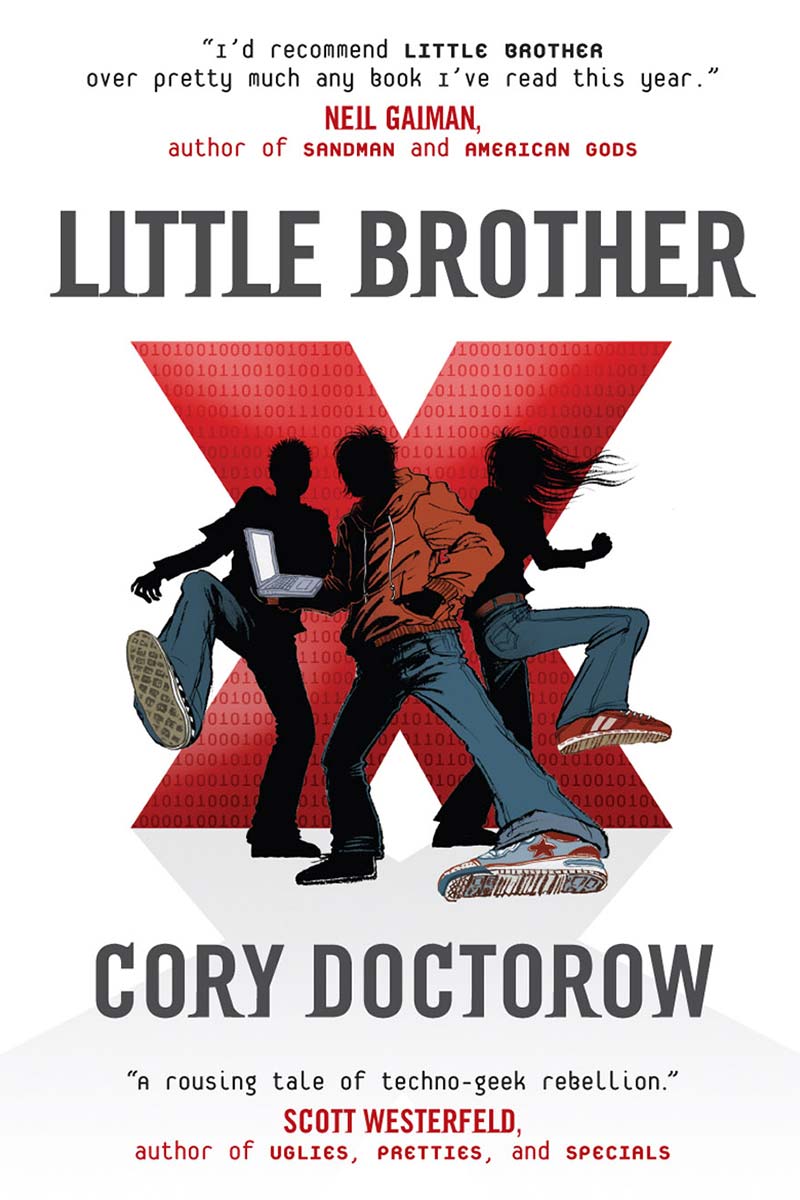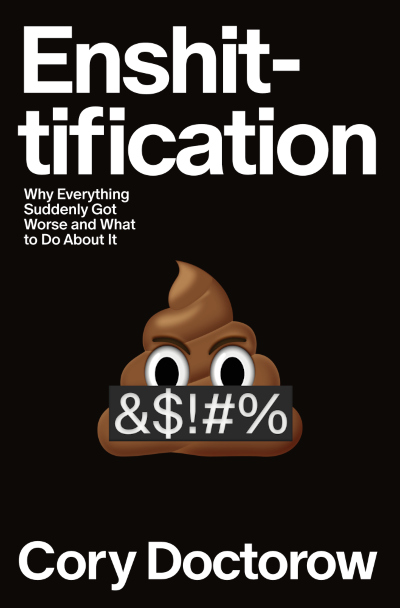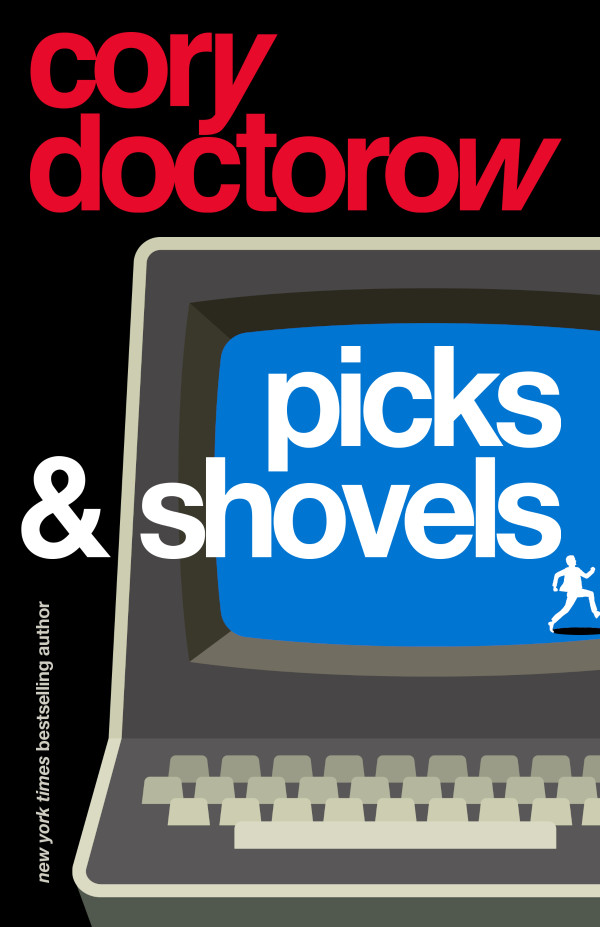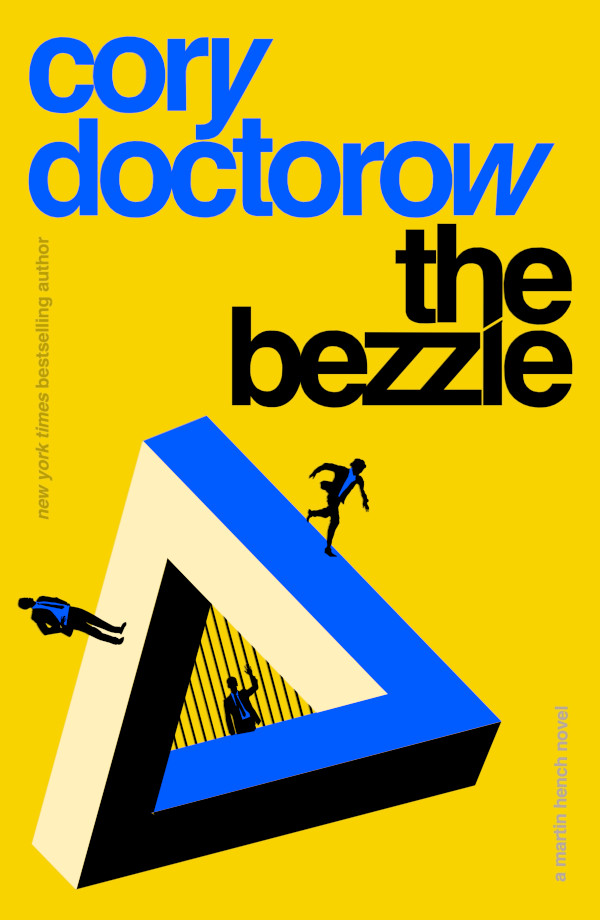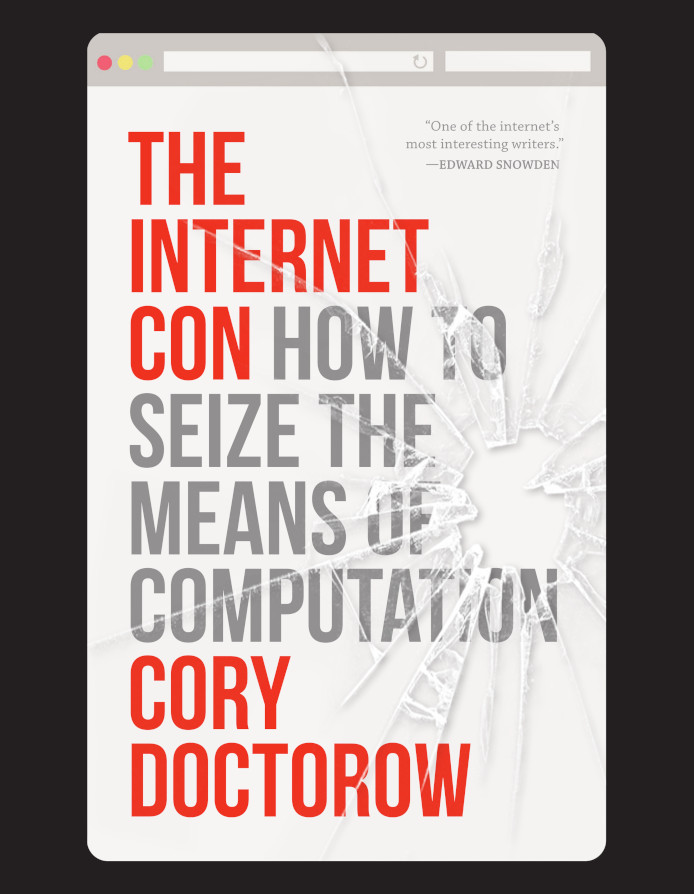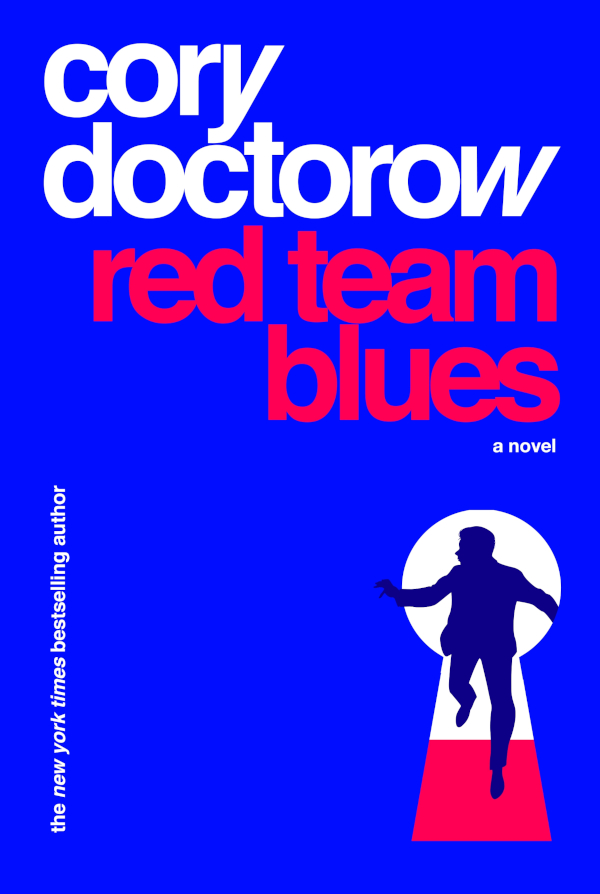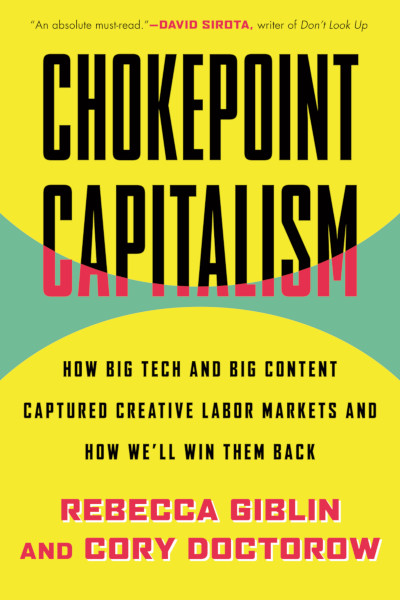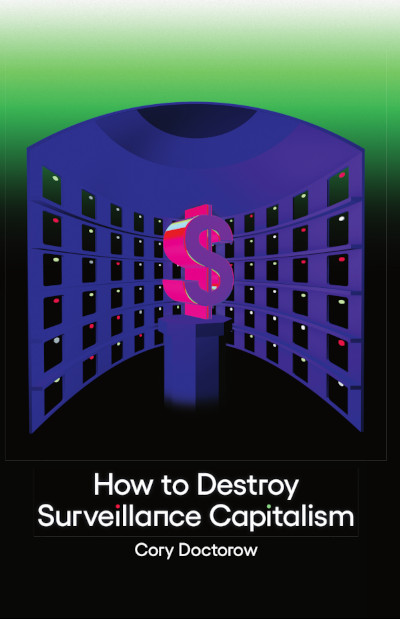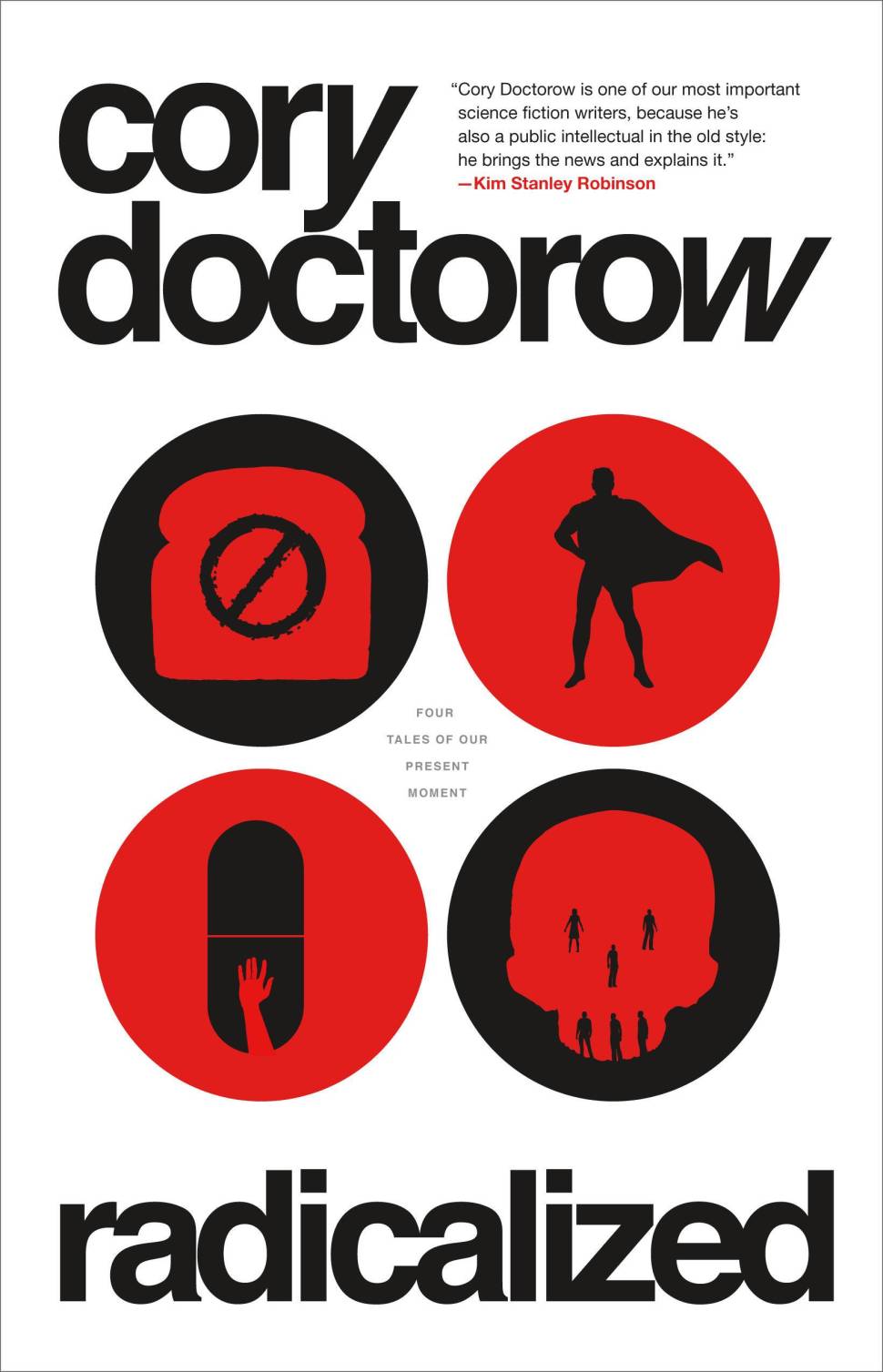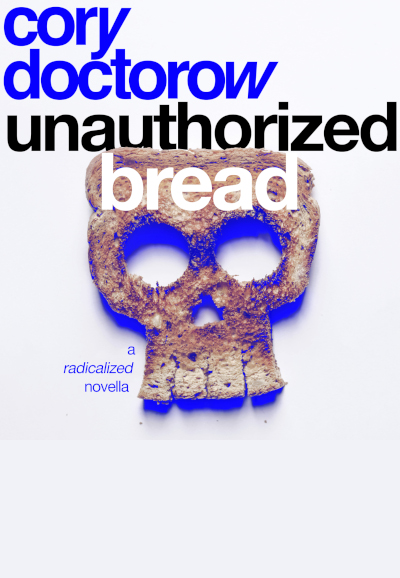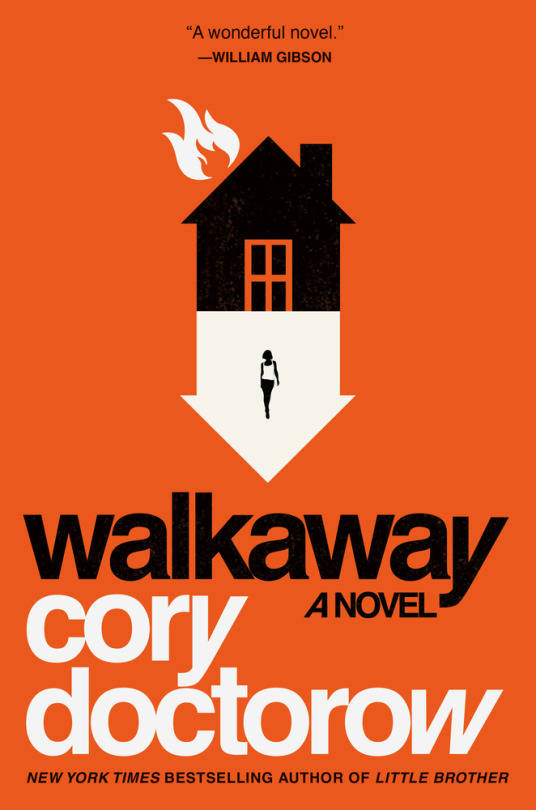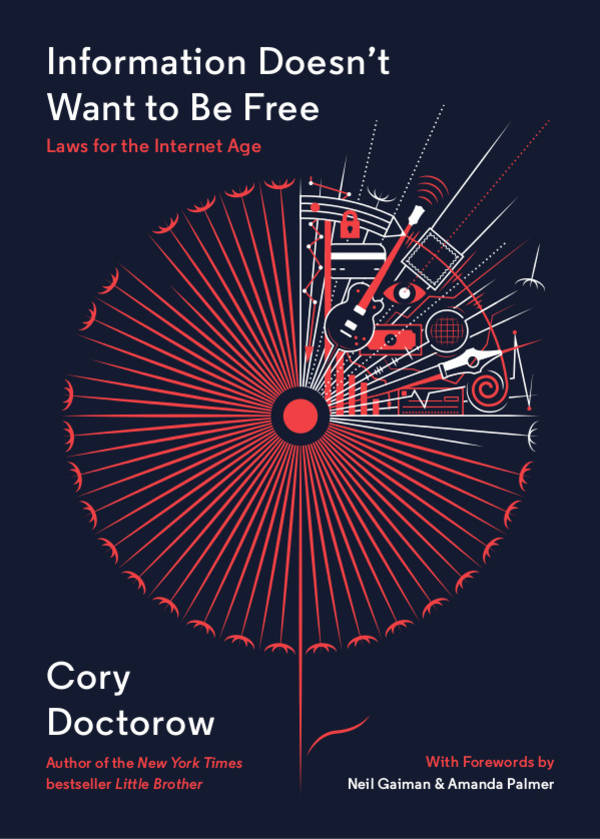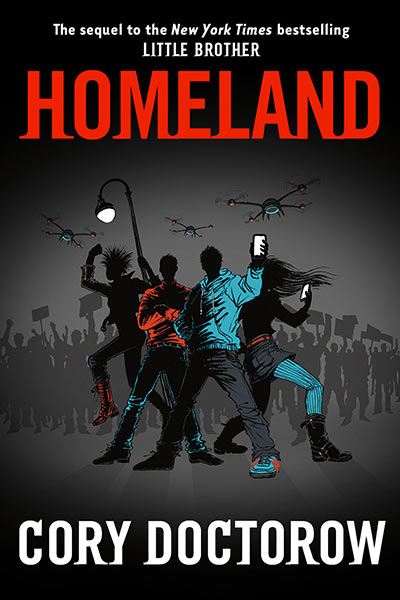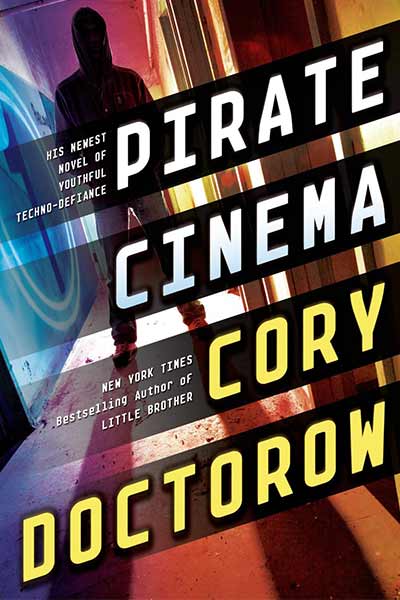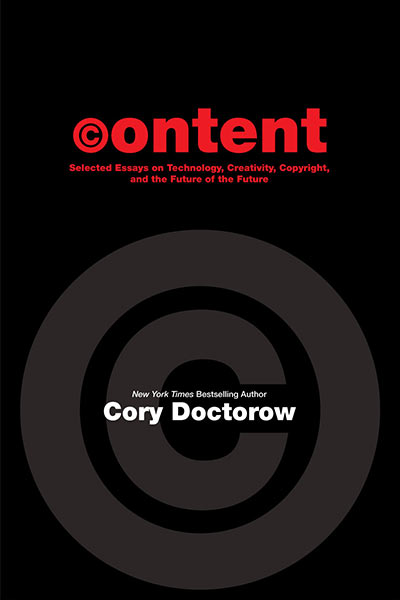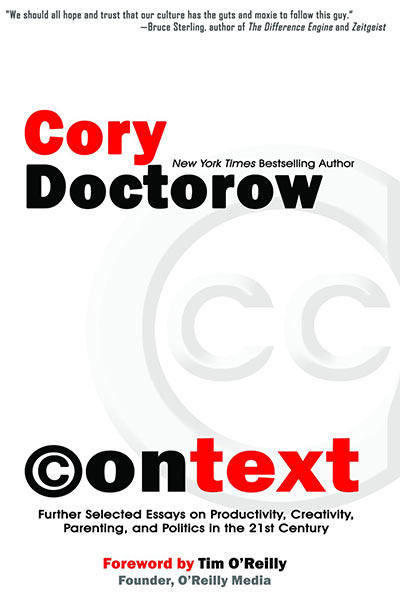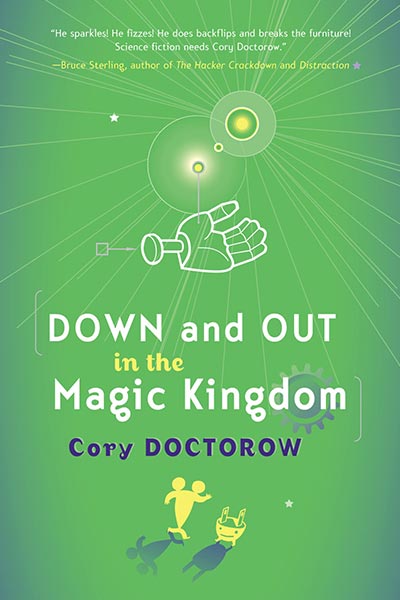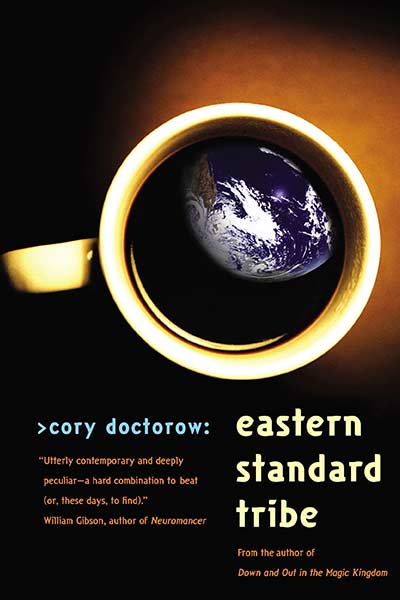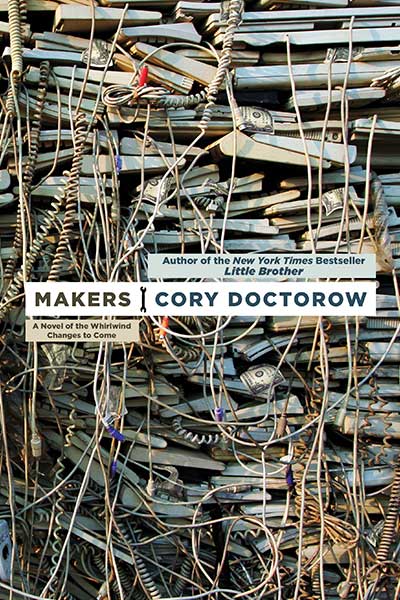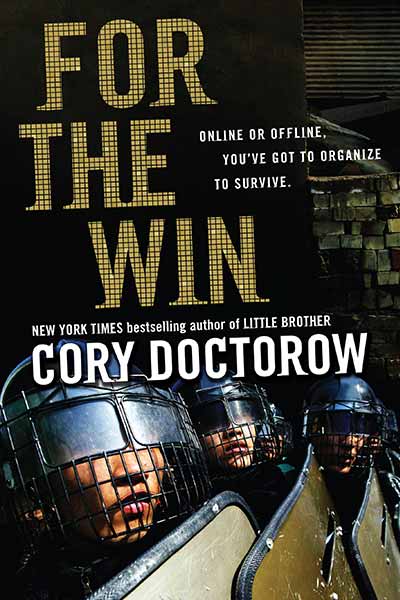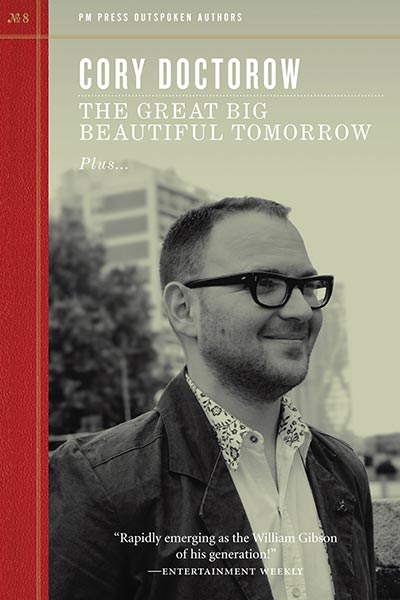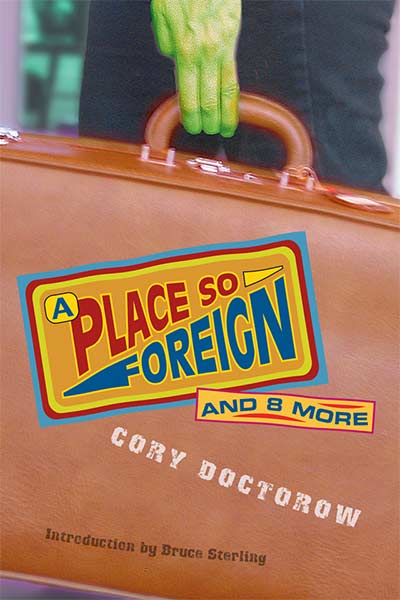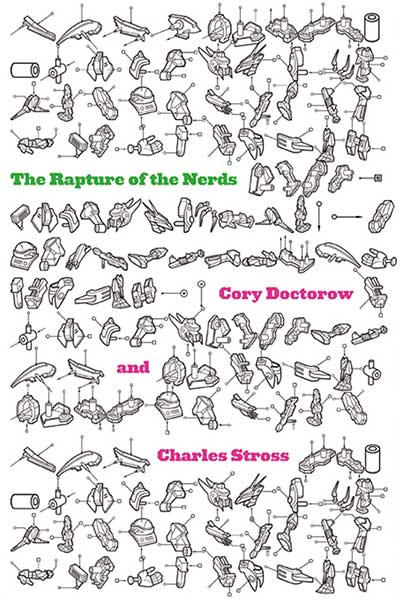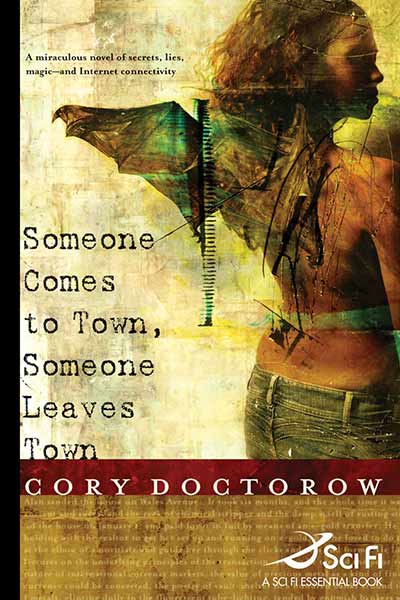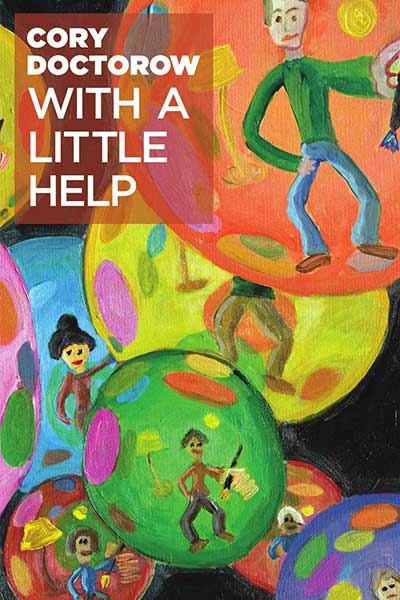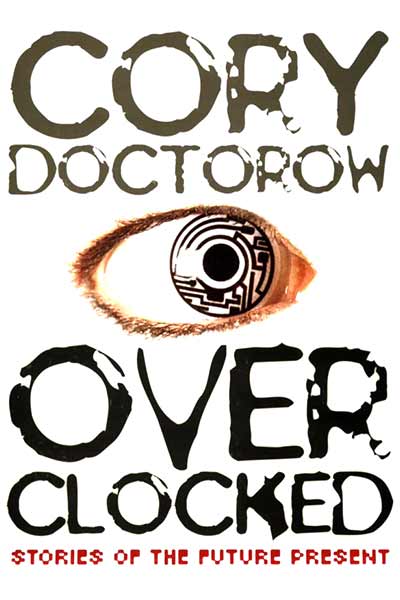Smári McCarthy, a high-school teacher in Iceland, has been teaching a course unit on civil liberties and technological literacy based around my novel Little Brother. He’s launched a new Google Group for the kids in his class (and other classes around the world) to continue the discussion — what an awesome idea!
At the end of the last class yesterday the idea came up to form a
mailing list for young people who’re interested in digital freedoms,
computer security and so on, and one of the students suggested that we
call the list “Watching Back”. The list is watchingback@googlegroups.com
and almost all the kids who took the course are on it.
It would be great if people running similar courses could get their
students involved on the list, and that teachers and other people who
know something about the subject hang around and help guide the
discussion as mentors.
There’s a lot to discuss. A running theme through the course was the
importance of the power of young people to influence the world. I read
from the Declaration of Independence of Cyberspace in the last class,
because it is somewhat prophetic of what is going on:
“You are terrified of your own children, since they are natives in a
world where you will always be immigrants. Because you fear them, you
entrust your bureaucracies with the parental responsibilities you are
too cowardly to confront yourselves.”
Throughout the network young people are being empowered to change the
world, they’re figuring out the beauty of the hacker culture and the
fight for freedom. In a world where big brother is watching with
increasing scrutiny it is a big relief to know that at least the
children are watching back.
Watching Back






